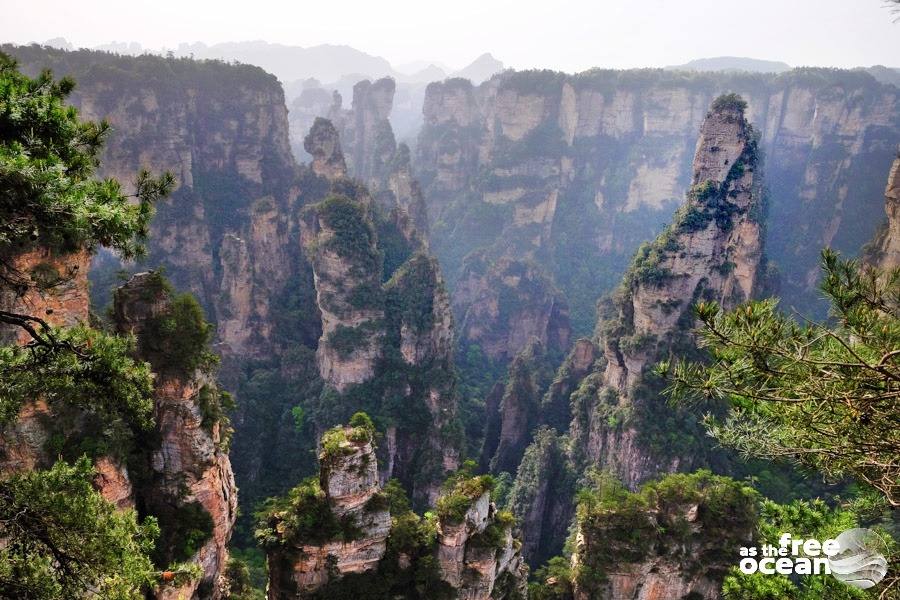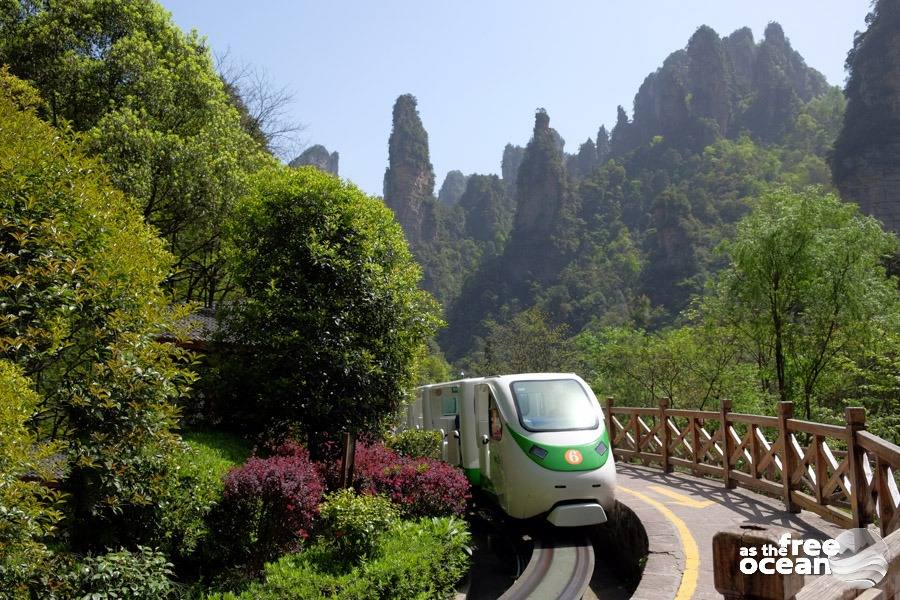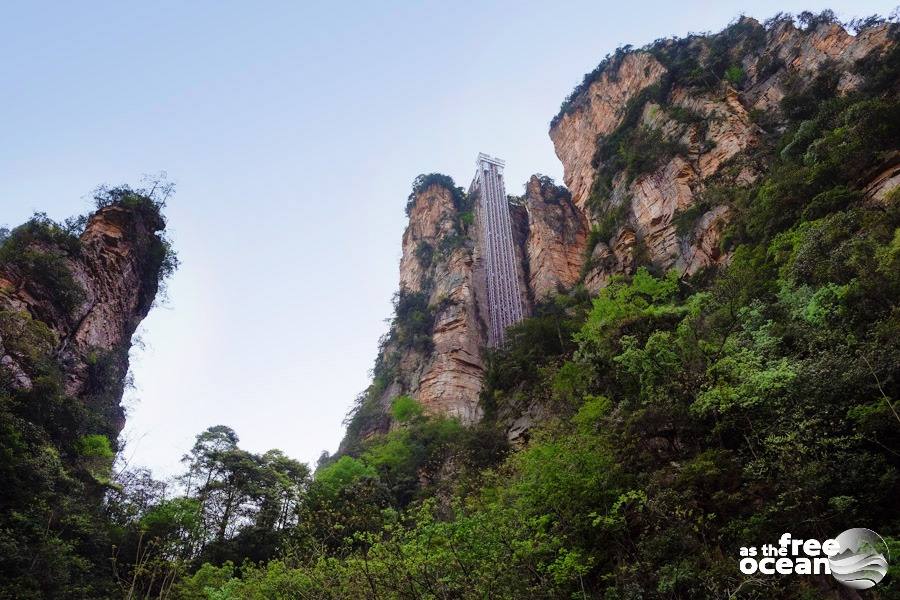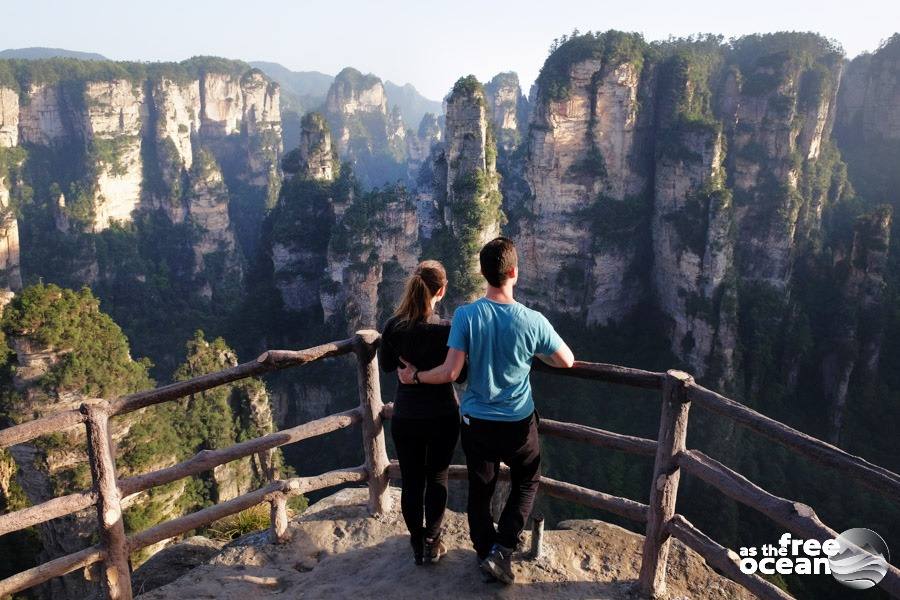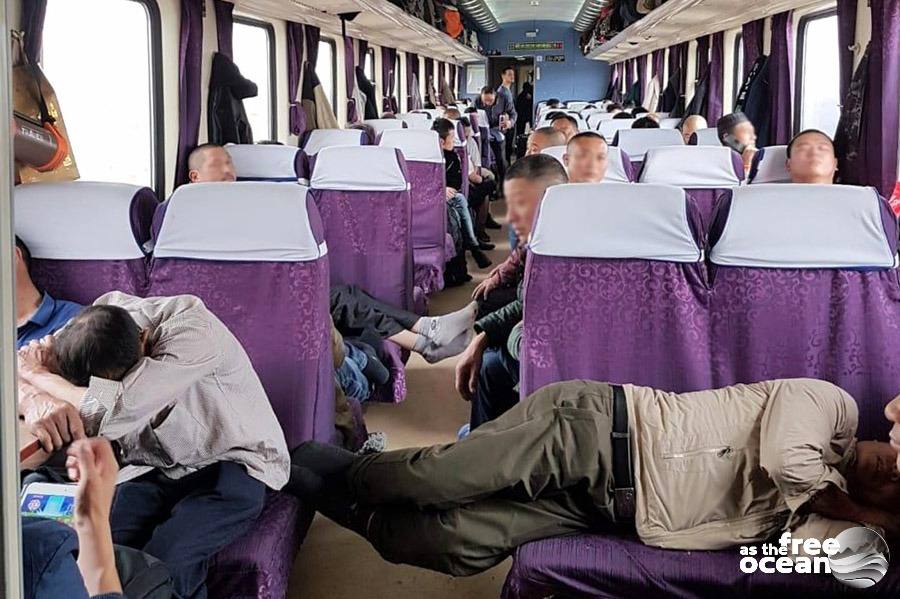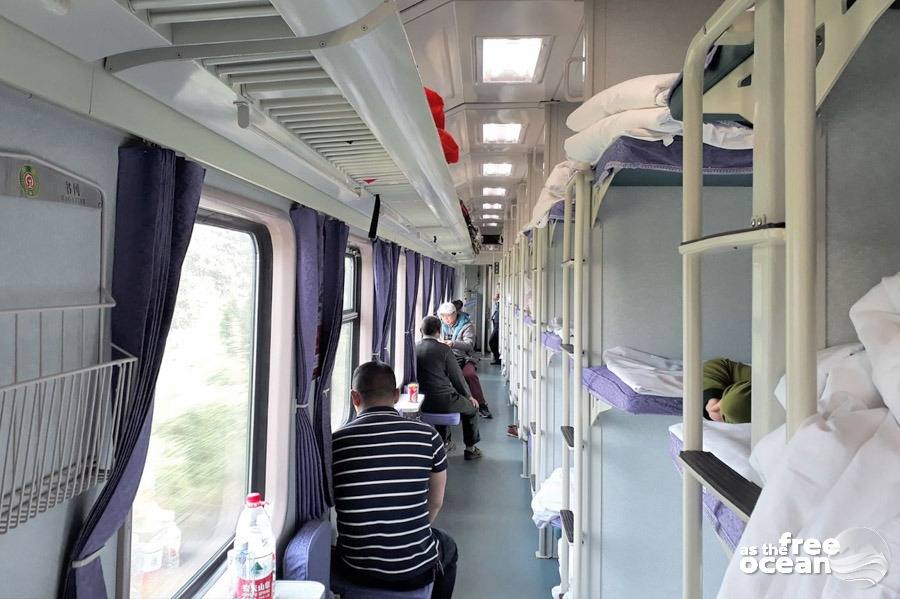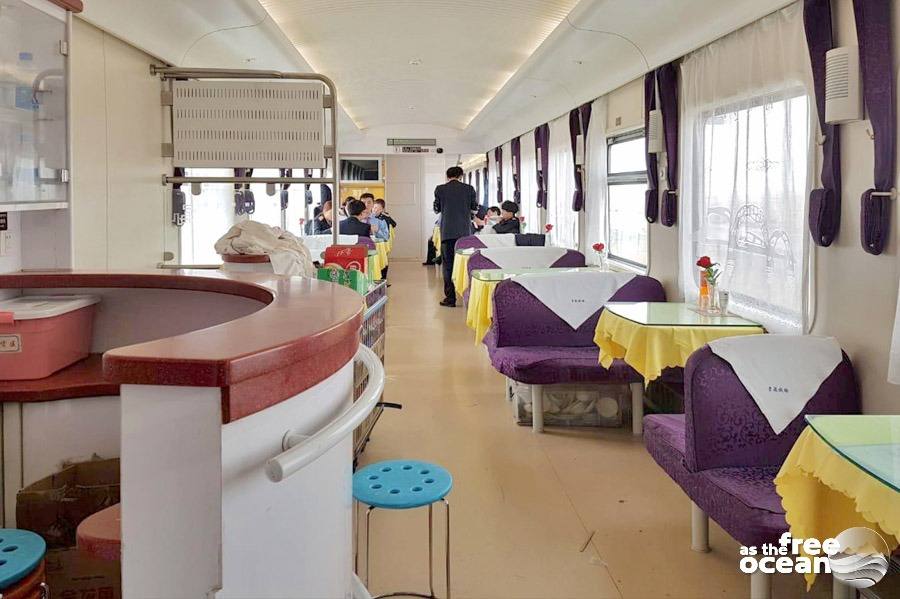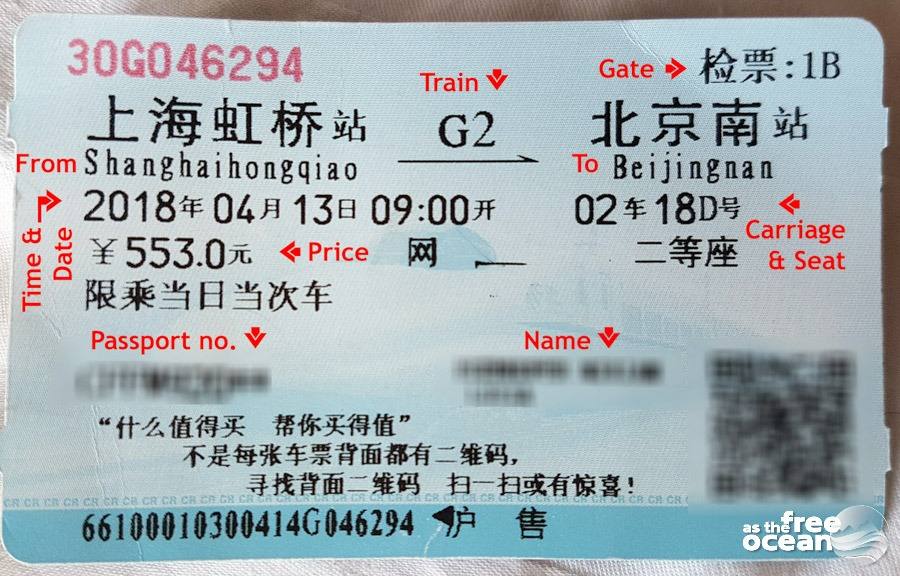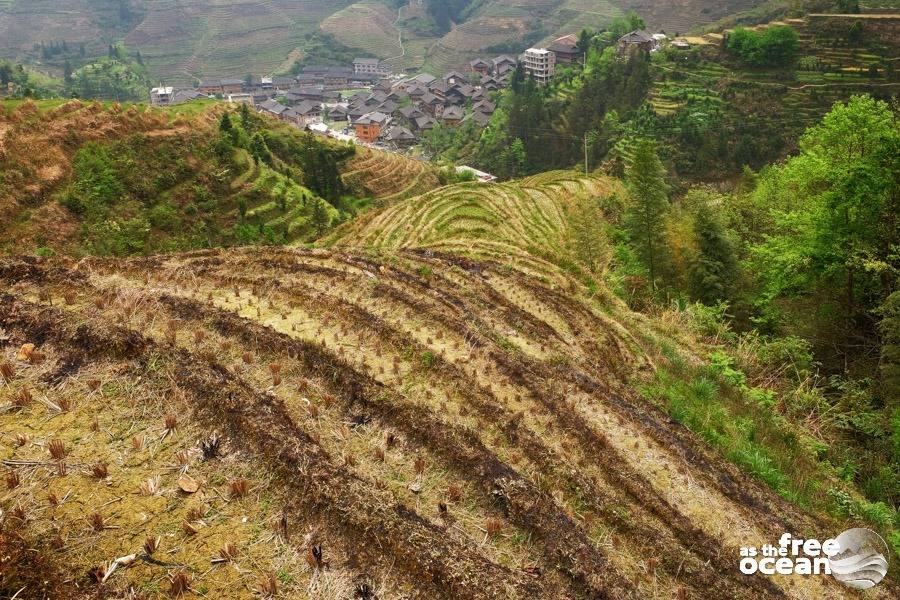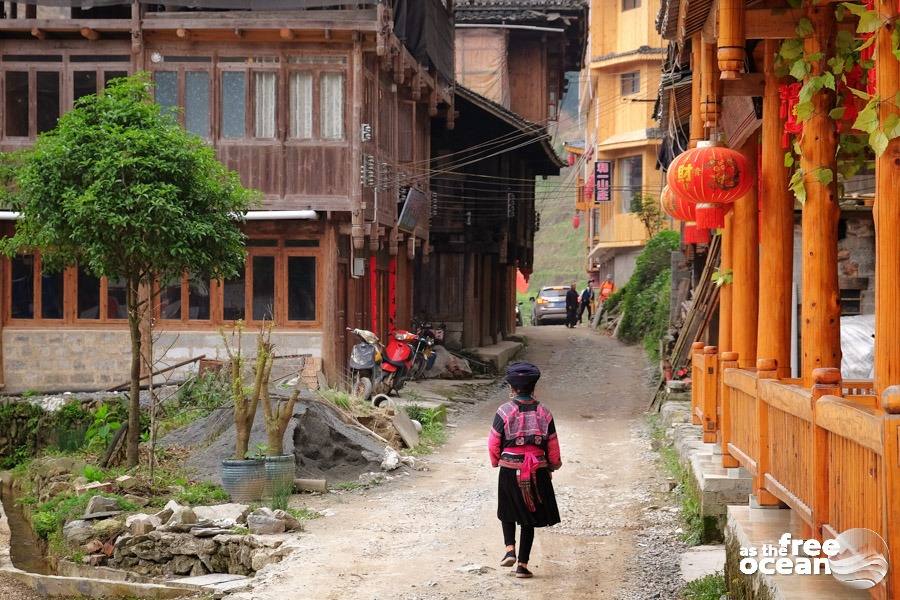After being surrounded for more than a week by wide green landscapes during our time spent in Guilin and Zhangjiajie, we thought that the upcoming trip to Shanghai will bring less joy, as the mountains and trees were about to be replaced by grey buildings and noisy crowded streets. But we happened to be wrong.
Shanghai proved to be a beautiful experience. The streets were busy like in any other big city that we visited before, but more animated by the crowds of tourists, the street food vendors, the shops and the big advertisement billboards that gave the city a much more international feeling than our previous destinations in China. And there was still a balance between the modern and the traditional, while many temples still found their place in the modern neighborhoods and traditional food was served next to western restaurants. This mix feels exciting and the walks in the city are beautiful and inspiring for the travelers on the look for urban adventures.
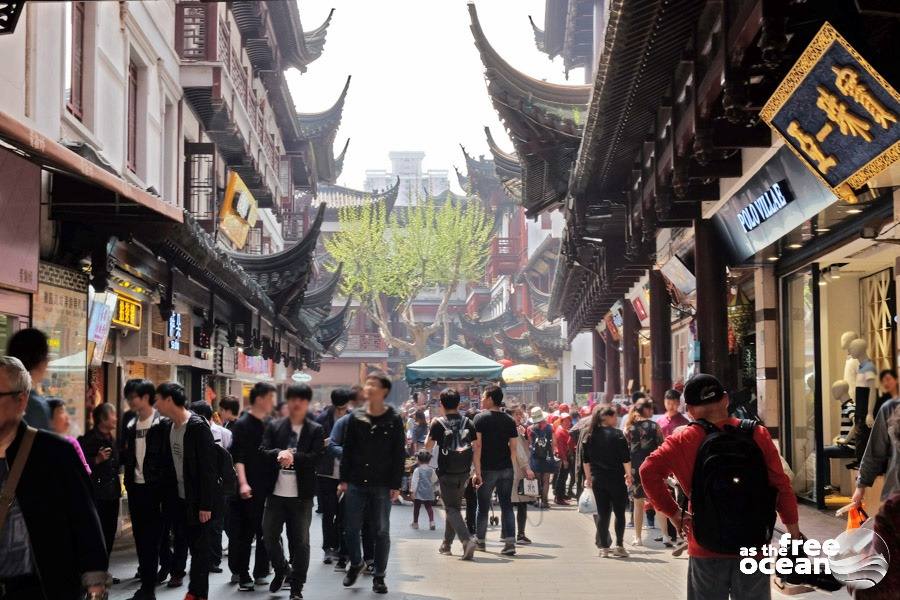
Being one of the most populous cities in the world, with a population of more than 24 million, Shanghai is a global financial center and transport hub. It is also hosting the world’s busiest container port. Such a big city definitely requires time to be discovered.
We, instead, dedicated only 3 days of our trip to exploring the Pearl of the East. We stayed in a hostel that proved to be different from others, as it occupied the space of one apartment only, whose rooms were converted into dorms and a large living room was used as a common area, where the owners installed also a few tents. We liked the idea of indoor camping and took a tent for ourselves and enjoyed the beautiful cityscape from the large window next to it. Being in the hostel gave us also the chance to meet a few of the other travelers and be able to speak more English than we previously had a chance to.
We met old friends during our stay in Shanghai and we made new ones. We spent a good time with Florian, a traveler from Switzerland, that happened to be not just a nice company but also an inspiration for the rest of our travels through China. And we had a chance to meet with old friends from the time spent on board, as one of the vessels that we used to work on docked in the port during our time there.
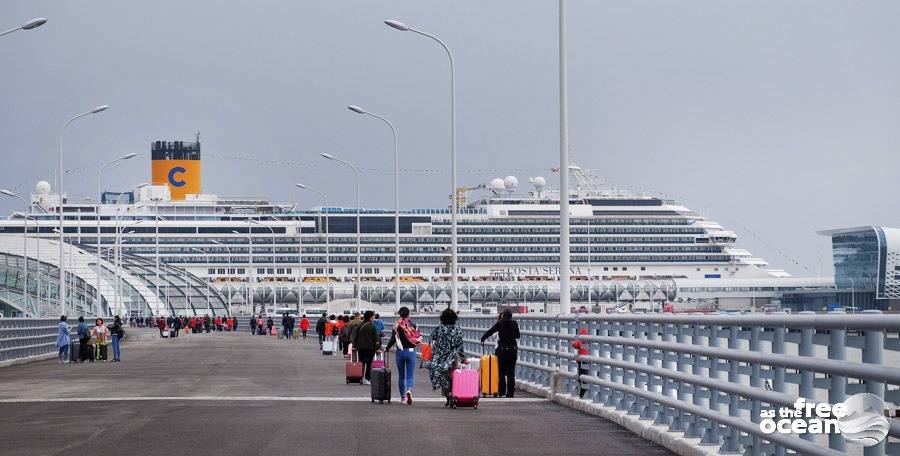
Costa Serena was the first ship that we worked on when we started our adventures at sea. Later the ship was sent to Asia to provide cruise experiences for the Chinese market. It felt good to be on board the ship again, have a cup of good Italian coffee, that we miss so much sometimes, and walk on corridors that once were part of our daily life as people of the sea.
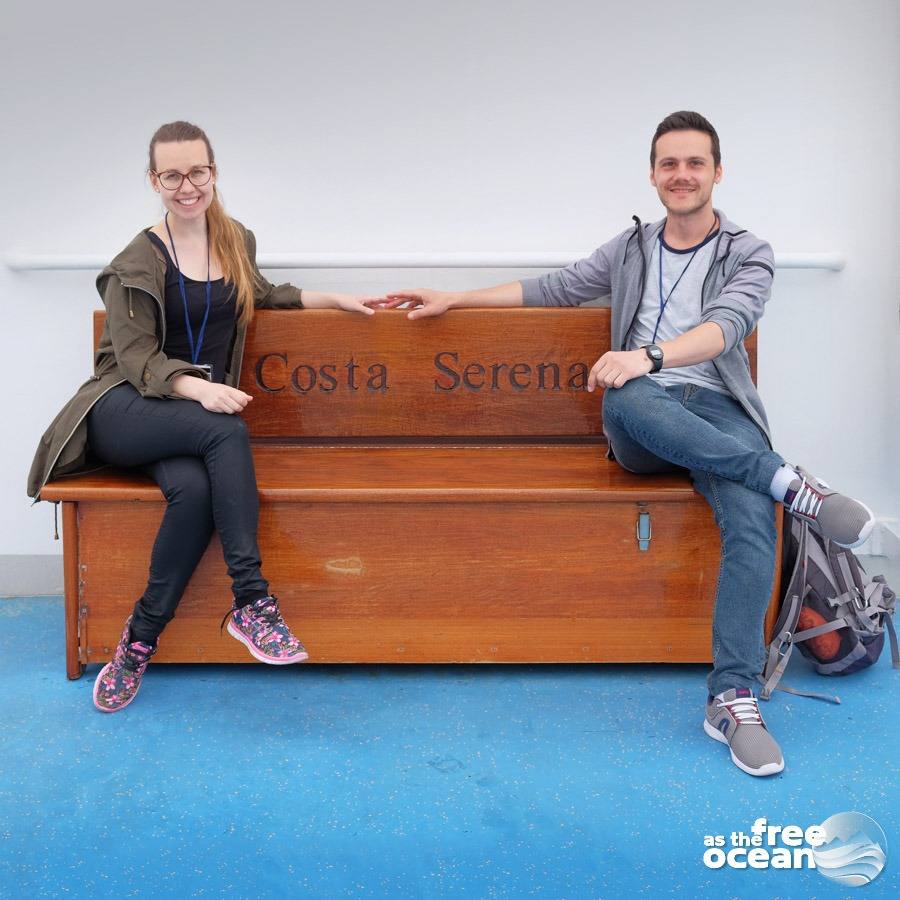
On the second day in the city, after our visit to the port, we decided to return to the center area and witness the cityscape lightning up in the Pudong New District, while spectacular cloud formations on the sky were giving us signs that we should expect rain to poor soon.
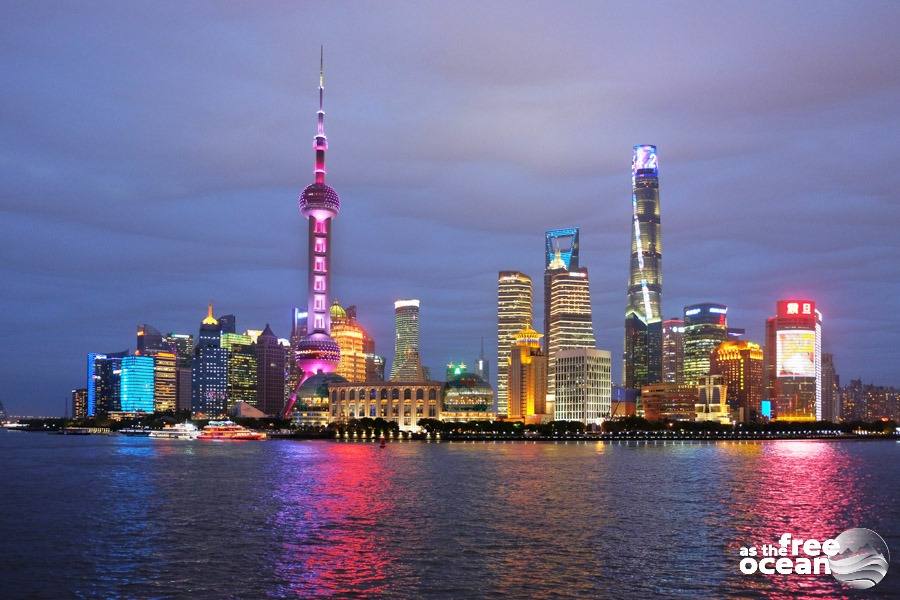
Getting around Shanghai
Despite the fact that Shanghai is a big city (and a “big city” in China is bigger than most big cities in the world), it is easy to move around. We used the application Metroman in order to keep an offline map of the subway always with us and we used convenient ferry transfers over the Huangpu River, which divides the city into two parts: the Pudong and the Puxi (we paid 2 RMB per person for one transfer). That gave us also a short feeling of what a cruise on the river might feel like.
Since we didn’t have time to see all of what the city has to offer, we decided to see a few things only but beautiful ones to remember. We walked mostly on the Bund, the waterfront promenade area facing the skyline of the Pudong (the skyscraper-filled center of recent development), and in downtown Shanghai, called Puxi Area (the historic heart of the city), where the most popular scenic spots are located: Yuyuan Garden, People’s Square, Nanjing Road Pedestrian and Jade Buddhist Temple.
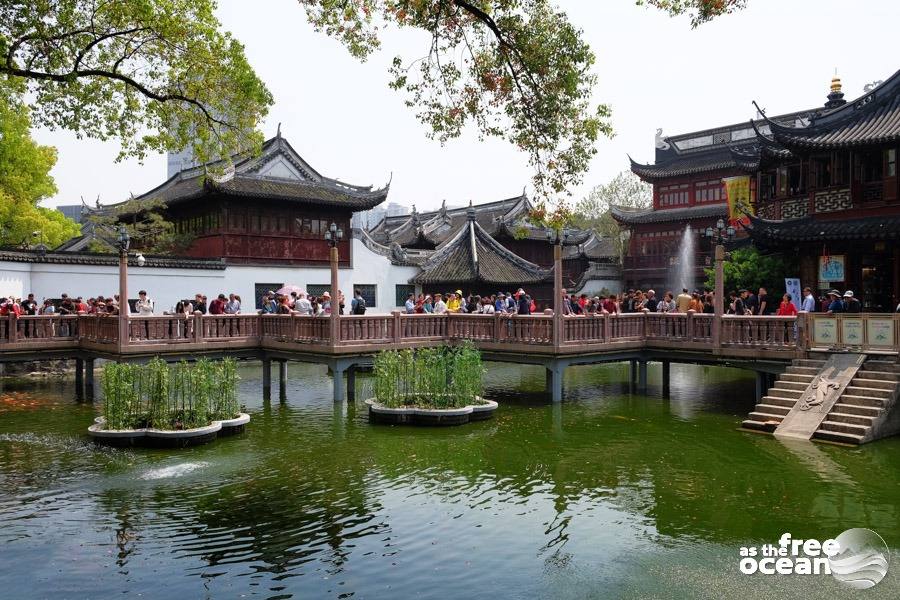
While leaving Shanghai behind, we were excited about our next stop in the capital of the People’s Republic of China, where we would be introduced to the ancient secrets of the country.
Find out more about our experience in Shanghai by clicking here.

